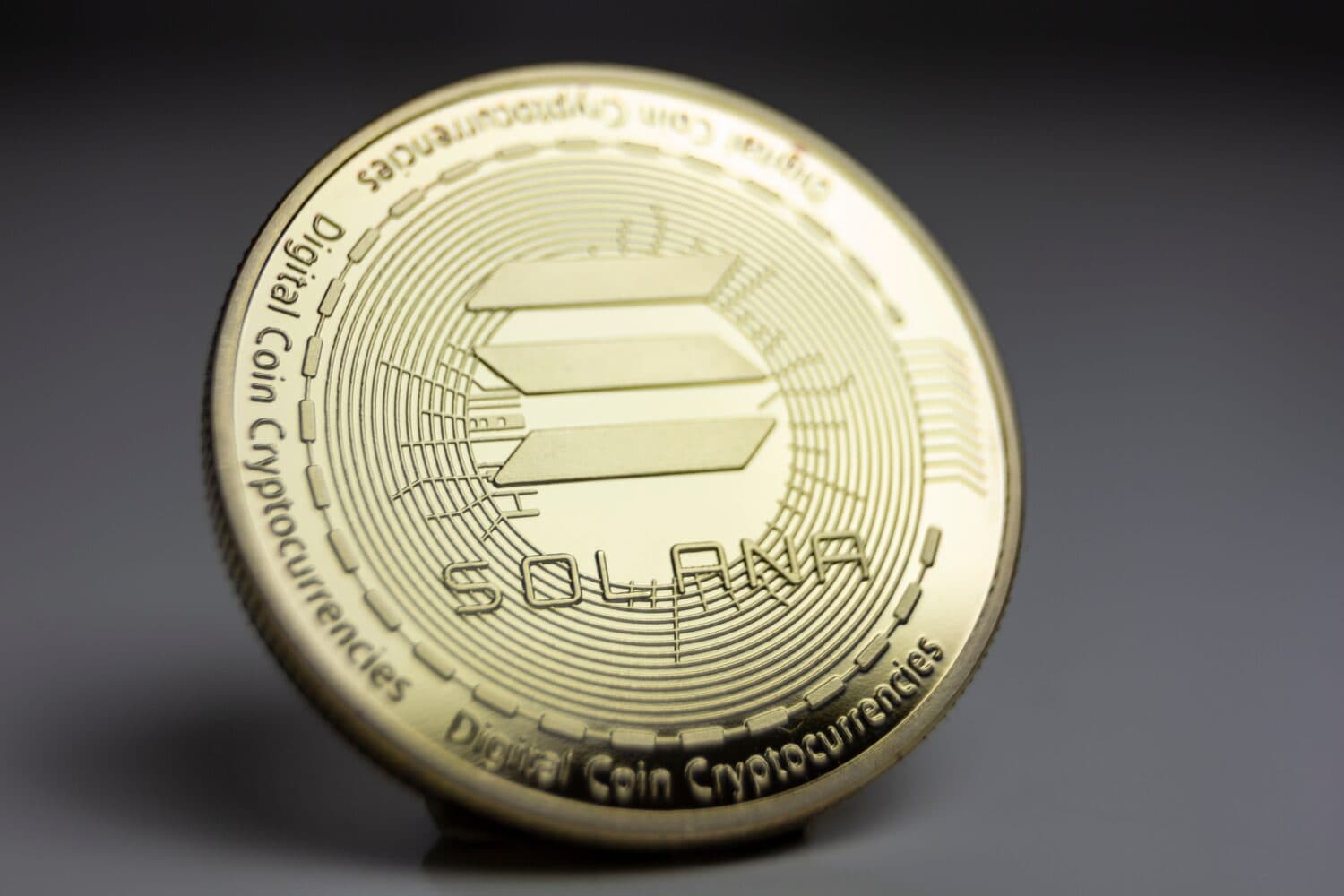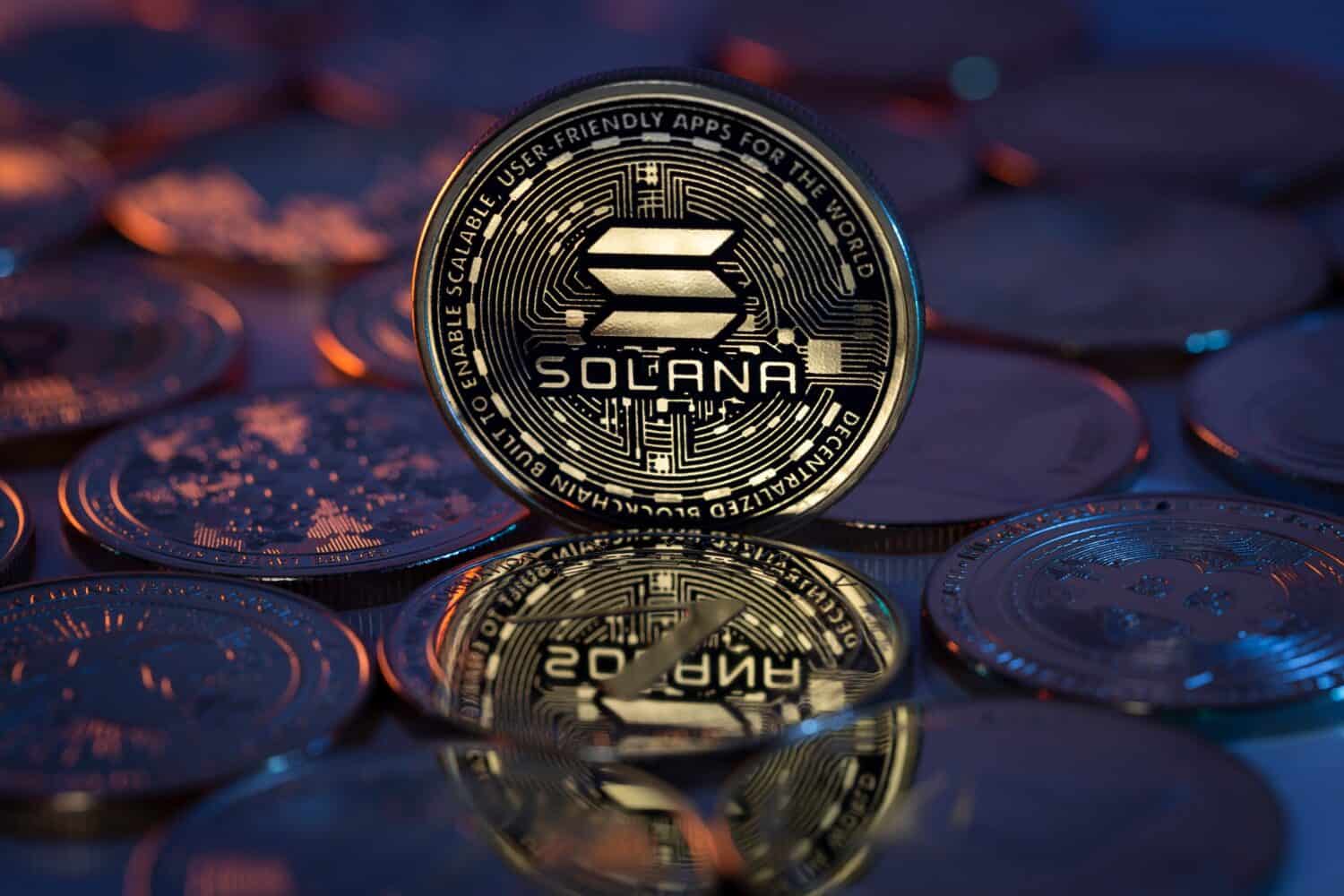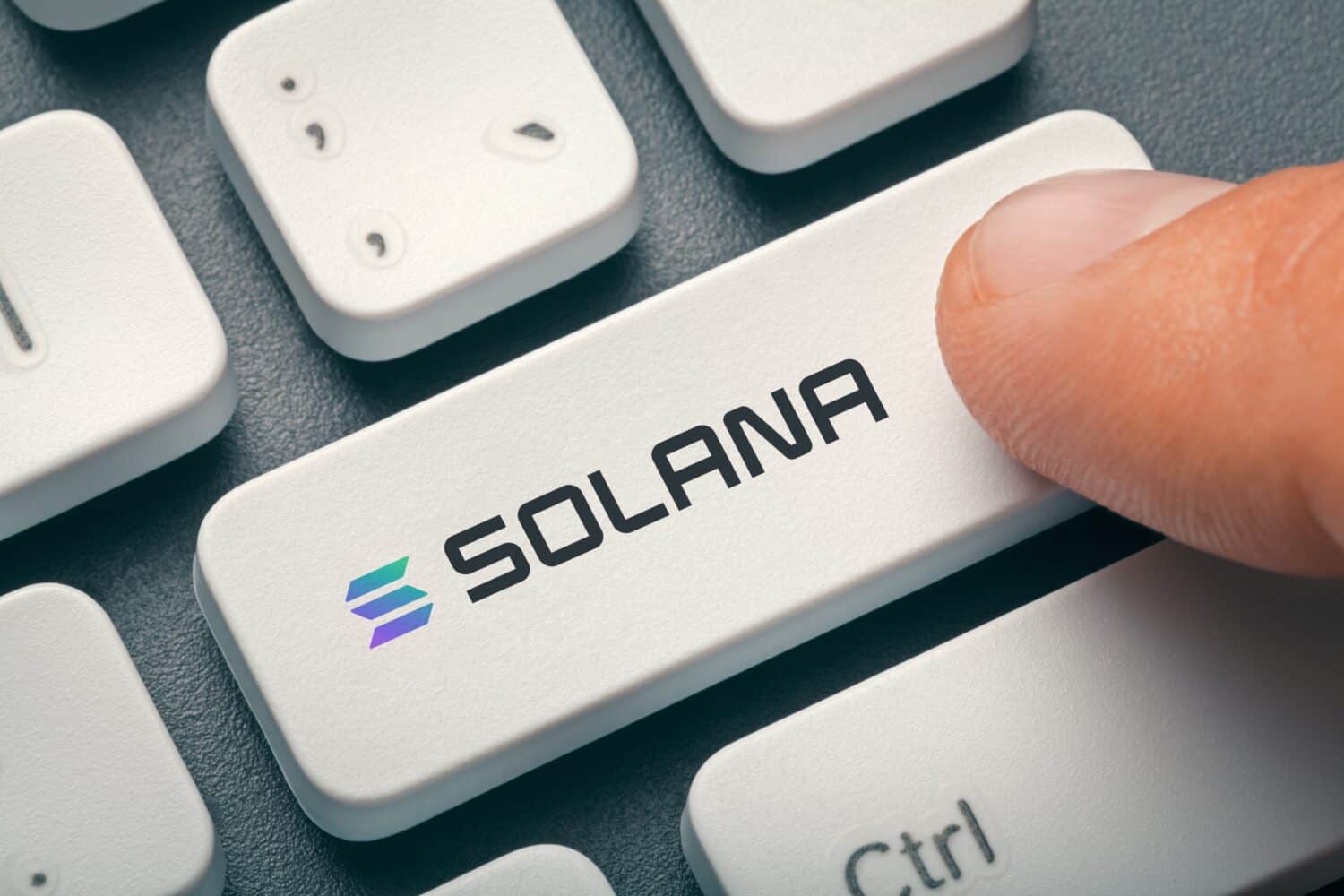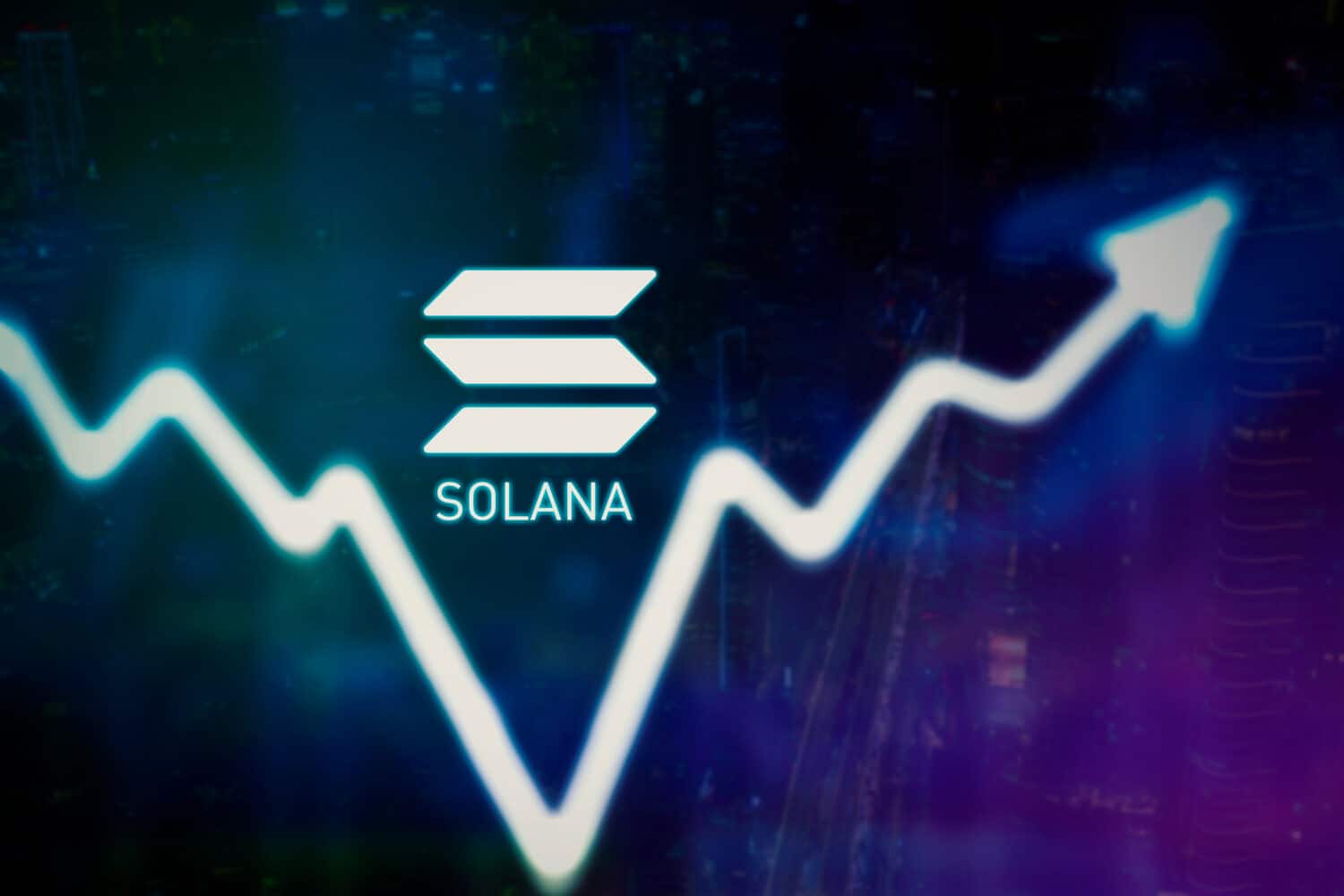
Solana (SOL) has been one of the go-to crypto assets for investors due to its blazing-fast transaction speeds and innovative offerings. However, like every other cryptocurrency, past performance does not indicate future results, and navigating Solana’s long-term forecasts can be challenging.
This article will explore three possibilities for SOL’s price in 2030: the optimistic bull case, the cautious bear case, and the neutral base case — we’ll examine these diverse perspectives to understand Solana’s long-term outlook, allowing you to make informed decisions for your investment journey.
Examining Solana’s (SOL) Performance in Recent Years

Solana experienced a dramatic rise in price during the summer of 2021, fueled by two key trends: the booming NFT market and growing demand in the decentralized finance (DeFi) space. This surge led to a more than threefold increase in the price of SOL. However, by the end of 2022, an examination of Solana’s market analysis shows that these gains had largely evaporated. As of March 3, 2024, Solana’s price is $129.88, similar to its value in early 2021. Here’s a table summarizing Solana’s performance in price from 2020 to 2024:
| Year | 2020 | 2021 | 2022 | 2023 | 2024 |
| Price | $0.778 | $1.7 | $178.2 | $11.27 | $109.5 |
Several factors contributed to Solana’s performance in the last decade. Like Ethereum (ETH), the Solana protocol allows users to create and trade non-fungible tokens (NFTs). However, unlike Ethereum, Solana utilizes a technology called Proof-of-History (PoH) to achieve significantly higher transaction speeds, boasting up to 65,000 transactions per second (TPS) compared to Ethereum’s 15 TPS.
Additionally, Solana initially offered transaction fee advantages, lacking the “gas” fees associated with Ethereum’s growing network congestion. This combination of perceived speed and cost-effectiveness made Solana a magnet for NFT projects in August 2021, contributing to the price surge.
Today, Solana (SOL) trades at $133.59, with a 24-hour trading volume exceeding $6.9 billion. The price has increased by 3.68% in the past 24 hours. Solana currently holds the 5th position on CoinMarketCap, with a market capitalization exceeding $59 billion.
4 Potential Drivers of Solana’s (SOL) Price Through 2030

Several factors can influence Solana’s price in the years to come. While predicting the future with certainty is impossible, considering these factors can help paint a picture of potential scenarios.
1. Continued NFT Adoption and Development: Non-fungible tokens (NFTs) have become prominent in digital assets. Solana has emerged as a popular platform for NFT creation and trading. Solana’s NFT market has reached a new peak this year, with total sales exceeding $5 billion as of February 23rd, 2024. This data, reported by CryptoSlam, highlights the growing popularity of NFTs built on the Solana blockchain. The network has also witnessed a significant increase in NFT transactions, reaching around 43 million. If this trend continues, with Solana solidifying its position as a leading NFT hub, it could positively impact the demand for SOL, potentially driving its price upwards.
2. Expansion of the DeFi Ecosystem: Decentralized finance (DeFi) allows users to participate in financial activities without relying on traditional intermediaries. Solana’s scalability and speed make it well-suited for DeFi applications. As the DeFi ecosystem on Solana grows, attracting more users and developers to build innovative financial products, the demand for SOL for various DeFi activities could increase, potentially contributing to a price rise.
3. Advancements in Solana’s Technology and Infrastructure: Solana’s ongoing development team is dedicated to enhancing the platform’s capabilities and addressing existing challenges. Key areas of focus include:
- Scalability Improvements: Maintaining and enhancing Solana’s ability to handle high transaction volumes efficiently is crucial for its long-term success. Advancements in scalability solutions could further solidify Solana’s position as a viable alternative to other blockchains, potentially attracting more users and driving up the price of SOL.
- Cross-chain Interoperability: A key driver of Solana’s price in the next few years is its native cross-chain interoperability. Developers can leverage this feature to build applications seamlessly interacting with other blockchains. This is achieved through Wormhole, a bridge technology that simplifies integration by connecting Solana to 17 other prominent blockchains. Wormhole facilitates the transfer of tokens and assets across these networks. This interoperability fosters collaboration and empowers developers to create interconnected blockchain applications, expanding the potential use cases for this technology.
4. Integration with Traditional Finance (TradFi): Bridging the gap between traditional finance and the blockchain space holds immense potential. If Solana successfully integrates with established financial institutions, facilitating the tokenization of traditional assets or enabling new financial services, it could unlock significant value for the ecosystem and potentially drive up the demand for SOL.
Solana (SOL) 2030 Price Prediction: Bull, Bear, and Base

The future price of Solana in 2030 is uncertain and subject to various market conditions. However, estimates suggest potential ranges:
- Bullish scenario: $1,700
- Base case: $1,010
- Bearish scenario: $1,001
These predictions provide investors with a general understanding of possible price trajectories based on different market conditions.
Solana (SOL): A Bullish Case for the Future
While no one can correctly predict the future of any crypto asset, exploring the potential drivers behind a bullish scenario for Solana’s price by 2030 can provide valuable insights for those considering investing in this digital asset. Some of these drivers are:
- Unparalleled Scalability: Solana’s core strength lies in its scalability, allowing it to process an exceptionally high volume of transactions per second (TPS) compared to other blockchains like Ethereum. This capability positions Solana to meet the ever-increasing demand for efficient and fast transaction processing, particularly as the cryptocurrency ecosystem evolves and attracts new users.
- Flourishing NFT Ecosystem: Solana has become a burgeoning hub for non-fungible tokens (NFTs). Its low transaction fees and fast processing times have attracted numerous NFT projects and users, establishing Solana as a significant player in this rapidly growing market. Continued adoption and development within the Solana NFT ecosystem could drive up the demand for SOL, potentially leading to a price increase.
- Expanding DeFi Landscape: Decentralized finance (DeFi) applications are transforming the financial landscape by offering innovative alternatives to traditional financial services. Solana’s scalability and speed make it well-suited to support complex DeFi applications, fostering the growth of a robust DeFi ecosystem on its platform. As the DeFi space continues to gain traction, the demand for SOL to access and utilize these decentralized financial services could increase, potentially contributing to a bullish price trajectory.
Solana will continue to be a significant player in the cryptocurrency market, facilitating the growth of a robust and scalable ecosystem. We anticipate widespread adoption and a flourishing ecosystem, which will significantly increase SOL’s value to $1,700 by 2030. While the market volatility makes this projection dubitable, the Bitcoin Halving event in April 2024 and Solana’s growing demand for scalable solutions within the blockchain ecosystem bid well for the token’s future.
Base Future for Solana’s (SOL) Price
Changelly and Coinpedia — two foremost crypto exchange platforms — are the basis of our base future price prediction for Solana. See the table below for a better understanding:
| Year | 2024 | 2025 | 2026 | 2027 | 2028 | 2029 | 2030 |
| Changelly | $99.97 | $239.8 | $351.81 | $501.32 | $742.59 | $1,048. | $1,538 |
| Coinpedia | $145 | $179.9 | $184.31 | 221.615 | $288.33 | $356.30 | $459.16 |
Predicting Solana’s base future performance is inherently challenging; however, a base case scenario can be established by analyzing factors like expert insights, market trends, and the token’s historical performance. We can see from the table that the base price prediction for Solana on both crypto platforms differs across the decade. Our base price prediction for Solana sees it trading at $1,010.
Bearish Forecasts For Solana’s (SOL) Price
Finally, we will discuss Solana’s bearish forecasts. Here, we consider factors responsible for the bearish predictions for Solana. One potential challenge for Solana’s price lies in its deviation from the established approach favored by leading players like Ethereum. While Ethereum and its allies focus on creating modular blockchain components, Solana is pursuing an ambitious path by developing an integrated blockchain that combines these components into a single data processing machine.
This complex undertaking presents a significant hurdle for Solana, especially considering its relative disadvantage compared to Ethereum-compatible chains. Solana has fewer developers, lower total value locked (TVL), and less access to venture capital and foundation funds. Additionally, long-term concerns regarding the technical stability of Solana’s approach still need to be answered, potentially hindering investor confidence. Thus, our SOL’s bearish forecast for 2030 sits at $1,001.
Thank you for reading! Have some feedback for us?
Contact the 24/7 Wall St. editorial team.





